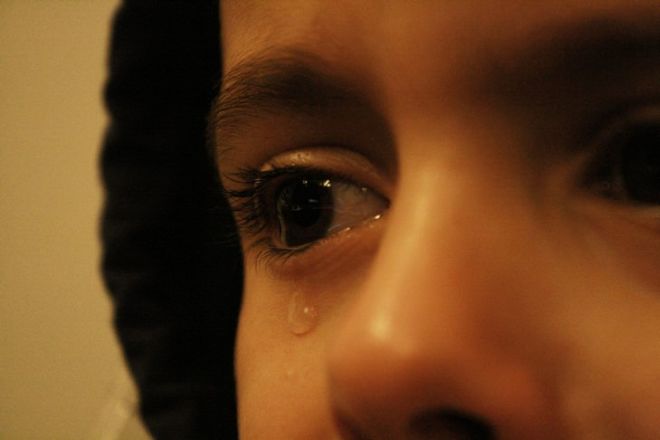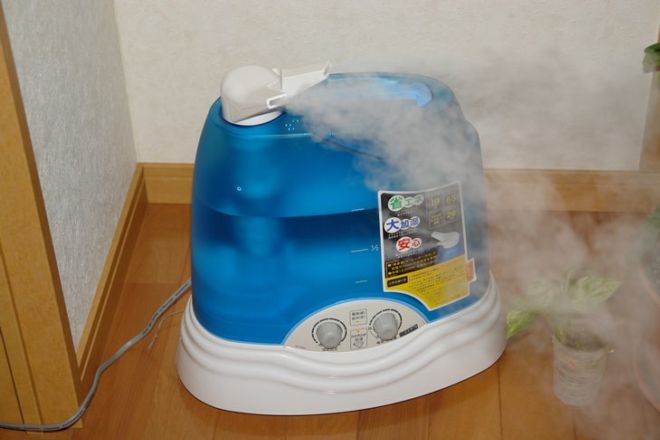Dry eye syndrome is a common condition that occurs when the tear ducts located at the top of the eyelids don’t secrete enough tears and fatty substances to provide the eye with sufficient moisture. The phenomenon is so common that it affects one in three people over the age of 65 and may be accompanied by distressing and painful symptoms. This problem, which may result from environmental conditions or medical condition, can be treated in both cases, and although the syndrome is not defined as a serious medical condition, it may cause eye scarring in extreme cases. The information below will help you understand if you’re suffering from the development of dry eye syndrome and how you can prevent and treat the problem.

What is dry eye syndrome?
Dry eye syndrome is a condition that can be caused by a variety of medical problems that cause dryness and irritation in the eyes. This may be painful, accompanied by a host of disturbing symptoms such as the false sensation of entry of a foreign object, itching, redness, accumulation of mucus in the eye or around the eyelid, sensitivity to light, chronic eye fatigue, blurry vision, and inflammation. The reasons for the development of this phenomenon may be due to damage to the makeup of the tears that protect our eyes, as a result of reducing the number of tears produced in the glands or from tears leaving the surface of the eye too quickly. Damage to tear quality and the amount produced are caused by various causes, including aging, the use of certain medications, various medical conditions, environmental conditions, use of contact lenses and the development of allergies.
Although we’re used to thinking of tears as something that is secreted from our eyes mainly when we are sad or excited, tears actually flood our eyes every time we blink. Tears are a fluid consisting mainly of water and salt, whose main function is to moisturize the eyes and prevent dehydration. Other functions include removing dirt, bacteria, pollutants and foreign bodies that penetrate the eye, creating a smooth corneal surface, and more. Tears are made up of three parts: an outer fatty layer that prevents rapid evaporation of the liquid, water, and an inner mucus layer that helps spread tears all over the eye. When there is a problem with the composition or production process of each of these parts, dry eye syndrome is caused.

What are the main environmental causes of dry eye syndrome?
Air pollution and cigarette smoke
One of the common effects on eye health is the environment in which we spend most of our time and air pollution. One of the important things to avoid when we detect signs of dry eye syndrome is cigarette smoke – and it’s important to know that smoke damage exists both for active smokers and for passive smokers. Cigarette smoke not only stimulates the syndrome for those who already have it, but it also increases the risk of developing the syndrome.
Fog, winds, fans, air conditioners, and air
In the days of fog and wind, it is recommended that people who suffer from dry eye syndrome refrain from leaving the house because these weather conditions worsen the symptoms of dry eyes. In general, dryness of the eyes requires avoiding wind or dryness and this includes avoiding exposure to fans, hair dryers, and air conditioners as much as possible. In addition to that, you should make sure to use eye drops before flights, as the compressed air inside the cabin may worsen the sense of dryness and the irritation.

Prolonged sitting in front of screens
Prolonged viewing of screens such as the TV, computer or smartphone screen, and even prolonged reading from a book, can worsen symptoms of dry eyes. This is because our blink frequency decreases when we look at and work in front of screens, and with it the level of tear regeneration and its diffusion on the corneal area decreases. Add to this the fact that we usually work in air-conditioned spaces with low humidity, which causes the evaporation of the moisture layer that protects our eyes. It is important that we take a break from using screens every few hours, step out into the clean air, and get back some of the moisture that our eyes so desperately need.
Outdoor sports and swimming in a pool
For those who engage in strenuous activities on the street or in nature, such as riding a motorcycle or bicycle and swimming in a chlorinated pool, it is important to keep your eyes protected from dust, wind and sand damage and to wear goggles or custom glasses to protect your eyes from environmental damage.

What are the ways to treat dry eye syndrome?
Hot compresses
In order to improve the quality of the layer of fat that makes up our tears, it is recommended to place hot compresses on the eyes for a few minutes, and then wash your (closed) eyes with baby shampoo. This will help the fat in the tear glands relax and soften improving the quality of our tears. Be sure to wash all traces of shampoo from your eye to avoid irritation.
Using a humidifier
An important recommendation that people who suffer from dry eye syndrome should adopt is using a humidifier in the home which infuses the air with the missing moisture and humidity. This is especially true during the winter season when the heating systems combined with low humidity make our eyes dry faster. If you don’t have a humidifier, it is recommended to place a bowl of water near your heating device to create more moisture in the air.

Eye drops and ointments to relieve dry eyes
There are quite a few over-the-counter medications on the market that are designed to help dry and irritated eyes and bring about significant, although temporary, relief for the disturbing sensation. These products include eye drops, artificial tears, and various ointments. It is important to note that some of these products contain preservatives that our eyes may respond negatively to. If you experience such a reaction and have to use eye drops more than 4 times a day, consider switching to one without preservatives, usually stored in disposable bottles. Eye ointments are usually designed to provide coverage for the whole eyeball and allow for long-term relief. However, the problem is that they may damage visual acuity during use, so it’s best to use them at night, before bed, and in combination with eye drops during the day
Dietary changes
According to a dry eye syndrome study, omega-3 fatty acids have been shown to reduce the symptoms of the disorder, as these acids reduce inflammation in the eye and allow for more and higher quality tears. To consume omega-3 fatty acids, you can take supplements, or combine foods rich in them such as walnuts, flax seed oil, palm oil, soybean oil, chia seeds, fatty fish like salmon, tuna, sardines, and krill.

When should you see a doctor to treat dry eyes?
If your eye care products aren’t giving you relief within a few days, it is highly recommended that you see your eye doctor. Sometimes this indicates a more serious medical problem which is causing the feeling of dryness, and should, therefore, be treated as soon as possible. If you have symptoms such as redness and swelling in the eye, unusual pain, eye injury, fluid coming out of the eye, joint pain accompanied by swelling, hardening of the organs and dry mouth – you should go for an in-depth examination of these symptoms.

